Football cannot be reduced to a single format; the game on the pitch to the sound of the referee’s whistle is only a small part of this world. There are more than a dozen types of football, and each has its own rules, peculiarities and even its own atmosphere. Let’s take a closer look at the popular formats and tell you how they differ and what makes them so special.
An overview of the types of football
Classic football, futsal, beach or American football – each type of game deserves its own consideration.
Classic football
Classic football is the most popular and best-known sport. But there are many interesting things hidden even in its standard rules. The format has its origins in the XIX century in England, when the first official football rules were drawn up. They include a strict number of players – 11 on the field, a standard pitch 100-110 metres long and 64-75 metres wide, the goal – 7.32 metres wide and 2.44 metres high. Matches last 90 minutes, divided into two halves of 45 minutes each. The concept of offside is important and adds strategic depth to the game.
Differences to other formats
The classic format is characterised by longer games and the use of the entire pitch. The emphasis here is on physical preparation, tactics and teamwork. Another difference is the use of hard turf and larger goals, which makes the games more spectacular.
Characteristics of classic football:
- Number of players: the game consists of 11 players on each side, including the goalkeeper.
- Type of surface: The pitch is covered with natural or artificial grass, which ensures that the ball glides evenly.
- Goal dimensions: 7.32 metres wide and 2.44 metres high.
- Tactical schemes: The teams use different tactical schemes (e.g. 4-4-2 or 3-5-2) that allow them to react flexibly to their opponents.
Worldwide popularity and championships
Classic football is one of the most popular sports in the world. There are annual tournaments such as the World Cup (e.g. the FIFA World Cup, which takes place every four years), the UEFA Champions League, in which the best teams in Europe such as Real Madrid, Bayern Munich and Liverpool take part, and the national cups: the FA Cup (Football Cup) and the Spanish Cup (Copa del Rey). These tournaments attract millions of spectators all over the world. Each match becomes an event that reflects real passion and competitive spirit. Most of the world’s major stadiums, such as Wembley Stadium in London, the San Siro Stadium in Milan and the Stade de France in Paris, are designed to host matches in the classic format.
Popularity of football in Russia
An important part of cultural identity. From its beginnings in the early 20th century until the Soviet era, football was a popular sport. In the post-Soviet era, Russian ball sports have continued to grow, with the national team achieving success at the 2018 World Cup. Clubs such as Zenit, Spartak and CSKA continue to thrill their fans on the international stage. The development of youth academies that train future stars is also important.
Beach
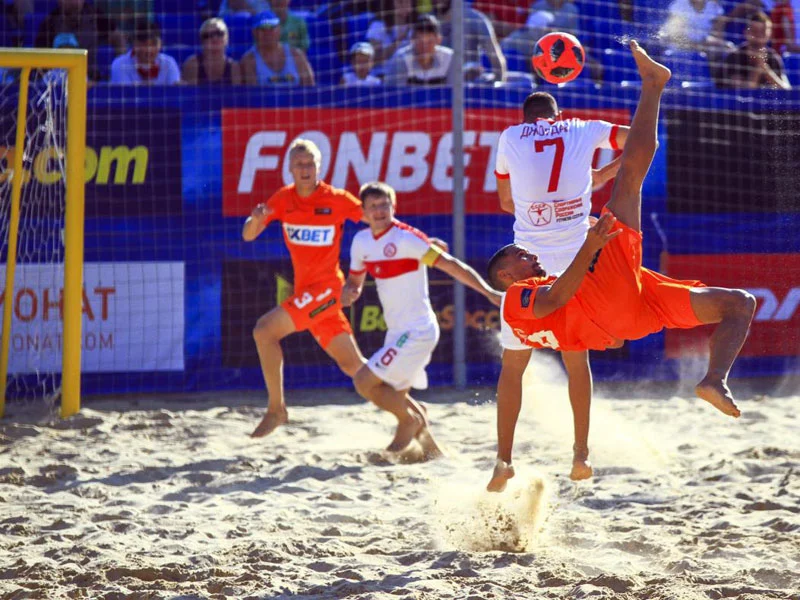 Beach football embodies the spirit of summer holidays, the free atmosphere and sporting enthusiasm. The history of the emergence of different types of football begins with beach football in the 1990s, when athletes began to organise informal tournaments on the beaches of Rio de Janeiro. Over time, this initiative developed into an international discipline with its own rules and championships.
Beach football embodies the spirit of summer holidays, the free atmosphere and sporting enthusiasm. The history of the emergence of different types of football begins with beach football in the 1990s, when athletes began to organise informal tournaments on the beaches of Rio de Janeiro. Over time, this initiative developed into an international discipline with its own rules and championships.
Rules and characteristics of the game
The beach football pitch is much smaller than that of traditional football – 35-37 metres long and 26-28 metres wide. In this game, there are 5 players on each side, including the goalkeeper. The surface is made of sand, which increases the physical strain on the players and makes the game more dynamic.
Characteristics of beach football:
- Type of ball: lighter and softer, making it easier to control and favouring acrobatic shots.
- Duration of the game: The game consists of three periods of 12 minutes each, which keeps the pace of the game high.
- Emphasis on technique: Ball handling and acrobatic techniques play an important role, as it is more difficult to develop high speed on sand.
American football
American football and its variants are an integral part of sports culture in the United States. Here, the format has changed and taken on completely different characteristics.
Types of football in America
Classic football, Canadian football and American football, which has developed into a sport in its own right. The main difference to the American format is the shape of the pitch, which is more like a rectangle with a length of 120 yards (approx. 110 metres). The game involves 11 players and the aim is to get the ball into the opponent’s end zone.
Differences to rugby
What are the differences between football and rugby? Firstly, the shape of the ball and the rules. American football uses an oval ball that can be thrown or carried in the hands. Contact is harder here, protective helmets and special equipment are used. In contrast to rugby, where the main focus is on the quick movement of the ball, American football involves more complex tactical schemes.
History of popularity
The popularity of this sport in America is linked to the development of university leagues and the culture of team sports, which symbolises the spirit of competition and unity. The National Football League (NFL) is the largest professional American football league and attracts millions of viewers each year to the Super Bowl, the country’s premier sporting event.
Conclusion
 You can try your hand at any type of football. Whether it’s the passion of the big championships or the cosy atmosphere of a sandy beach, there’s something for everyone. The variety is what makes the sport so interesting and attractive.
You can try your hand at any type of football. Whether it’s the passion of the big championships or the cosy atmosphere of a sandy beach, there’s something for everyone. The variety is what makes the sport so interesting and attractive.



 Football is full of technical terms that can sometimes confuse even experienced fans. Let’s start with one of the most controversial terms – offside. What does it mean? It is a situation in which the striker is closer to the opponent’s goal than the ball and the penultimate defender at the time of the pass. This rule of football was invented to prevent strikers from being unfairly ‘hit’ near the goal.
Football is full of technical terms that can sometimes confuse even experienced fans. Let’s start with one of the most controversial terms – offside. What does it mean? It is a situation in which the striker is closer to the opponent’s goal than the ball and the penultimate defender at the time of the pass. This rule of football was invented to prevent strikers from being unfairly ‘hit’ near the goal.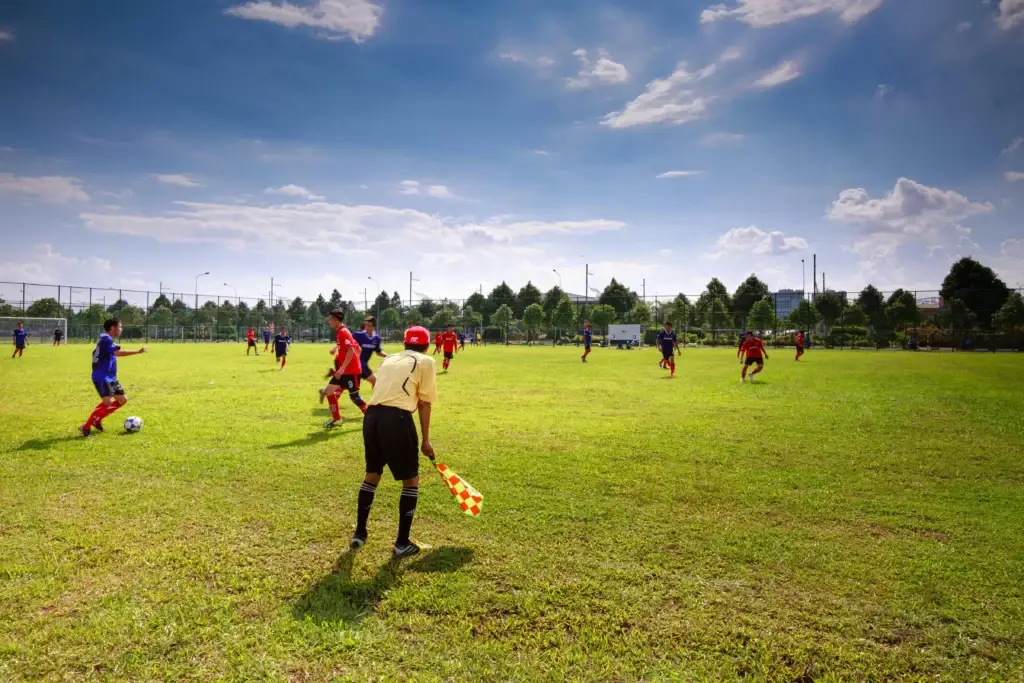 Now that we have learnt the rules of a football match in detail, we can safely say that football is an art of tactics, skill and emotion. From understanding the offside to recognising the meaning of each card, it all helps you to experience every moment on the pitch more intensely. Try watching a game and find yourself already understanding why the referee has shown a yellow card or why an offside has been whistled.
Now that we have learnt the rules of a football match in detail, we can safely say that football is an art of tactics, skill and emotion. From understanding the offside to recognising the meaning of each card, it all helps you to experience every moment on the pitch more intensely. Try watching a game and find yourself already understanding why the referee has shown a yellow card or why an offside has been whistled.
 Vinicius Júnior is a young Brazilian talent who is rightly regarded as one of the brightest stars in world football. His style of play is reminiscent of the best traditions of the Brazilian school – dribbling, technique, spontaneity and flamboyance on the pitch. He is young and charismatic and is confidently one of the best-paid footballers. Vinicius has repeatedly shown that his talent for improvisation and his passion for the game can turn the tide at any moment.
Vinicius Júnior is a young Brazilian talent who is rightly regarded as one of the brightest stars in world football. His style of play is reminiscent of the best traditions of the Brazilian school – dribbling, technique, spontaneity and flamboyance on the pitch. He is young and charismatic and is confidently one of the best-paid footballers. Vinicius has repeatedly shown that his talent for improvisation and his passion for the game can turn the tide at any moment. The most expensive footballers do not receive such astronomical salaries and transfer values for nothing. Their successes are the result of years of hard work, outstanding skills and a constant quest for excellence. They shape football not only as players, but also as personalities who set new standards and inspire millions. And the greater their achievements, the more they are worth.
The most expensive footballers do not receive such astronomical salaries and transfer values for nothing. Their successes are the result of years of hard work, outstanding skills and a constant quest for excellence. They shape football not only as players, but also as personalities who set new standards and inspire millions. And the greater their achievements, the more they are worth.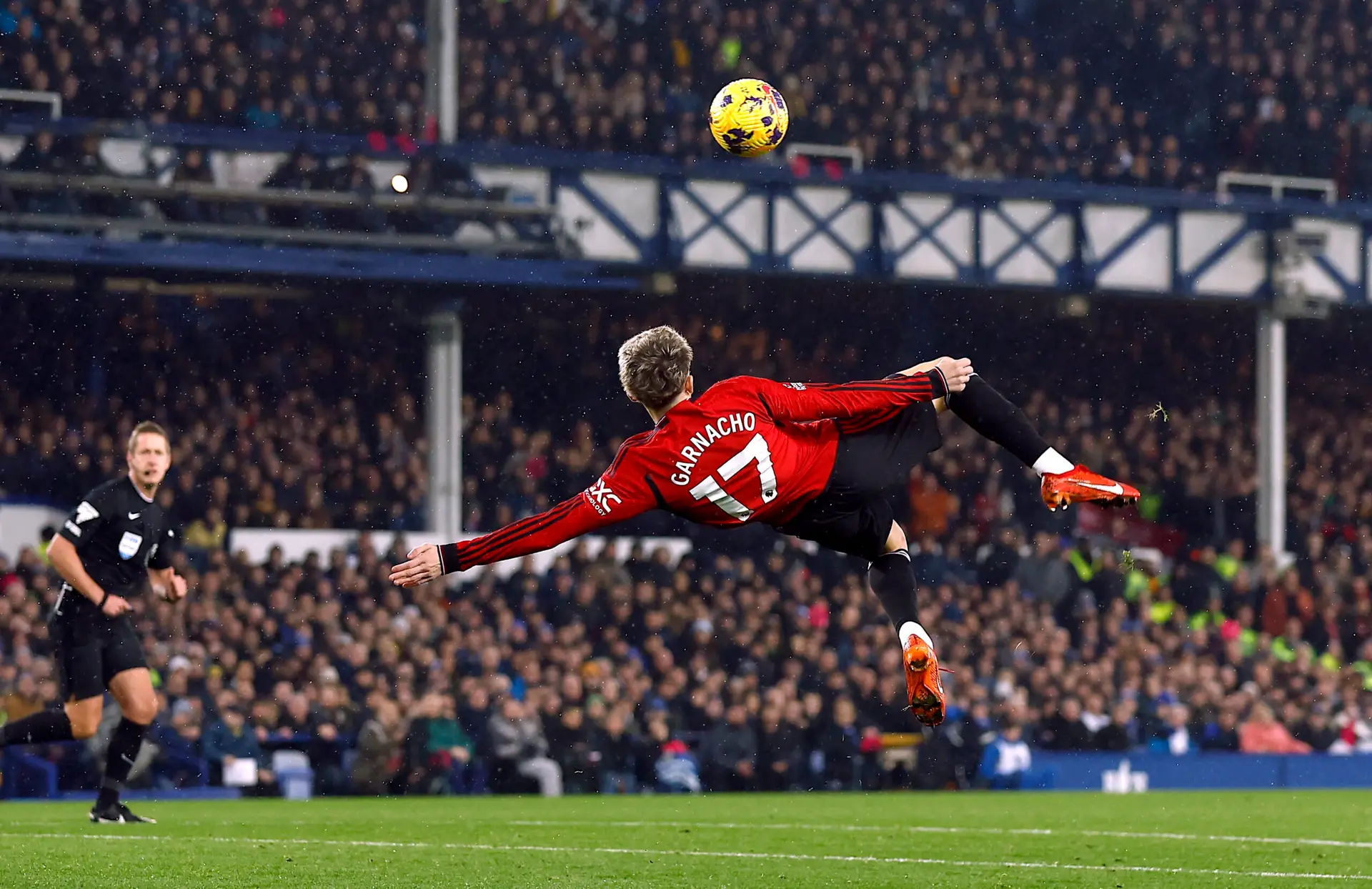
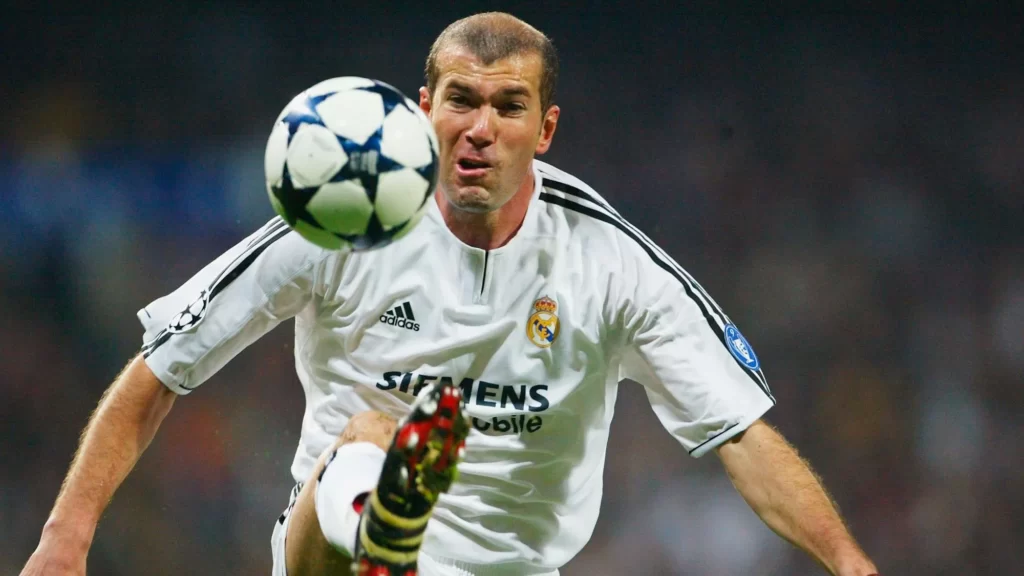 The 2002 Champions League final between Real Madrid and Bayer Leverkusen was memorable not only because of the thrilling game, but also because of Zinedine Zidane’s outstanding shot on goal. This moment was the real gem of the final, when Zidane, standing on the edge of the penalty area, received the ball and fired it powerfully straight into the net. It was one of the most beautiful goals of the game and showed how important technique and intuition are in football.
The 2002 Champions League final between Real Madrid and Bayer Leverkusen was memorable not only because of the thrilling game, but also because of Zinedine Zidane’s outstanding shot on goal. This moment was the real gem of the final, when Zidane, standing on the edge of the penalty area, received the ball and fired it powerfully straight into the net. It was one of the most beautiful goals of the game and showed how important technique and intuition are in football. The best goals in football – stories of courage, inspiration and the boundless talent of athletes who change the game and make spectators fall in love with football again and again. The highlights unite millions of fans around the world and become an integral part of our shared football history.
The best goals in football – stories of courage, inspiration and the boundless talent of athletes who change the game and make spectators fall in love with football again and again. The highlights unite millions of fans around the world and become an integral part of our shared football history.
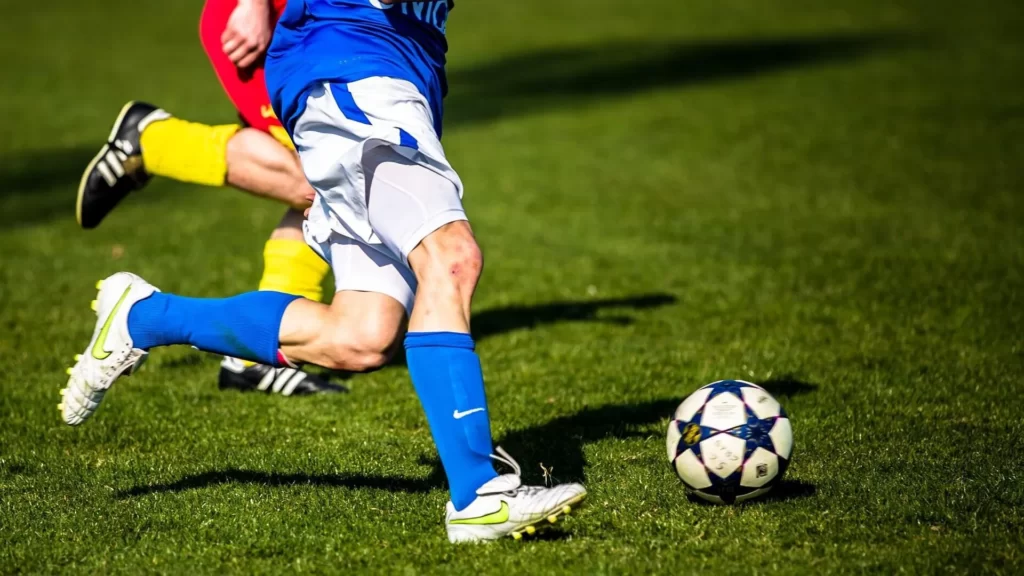 The salaries of footballers in Russia vary greatly depending on the level of the team and the region. For example, players from top clubs such as Zenit or Spartak receive amounts comparable to those in Europe. Most Russian clubs have much lower incomes due to more modest sponsorship opportunities. Main influencing factors:
The salaries of footballers in Russia vary greatly depending on the level of the team and the region. For example, players from top clubs such as Zenit or Spartak receive amounts comparable to those in Europe. Most Russian clubs have much lower incomes due to more modest sponsorship opportunities. Main influencing factors: Footballers’ salaries depend on many factors: from their ability and popularity to the country and league in which they play. Highly paid athletes are often not only football stars, but also important figures in advertising campaigns, which increases their income many times over. It might be worth thinking about how exactly these factors can be transferred to other professions to increase their income and success.
Footballers’ salaries depend on many factors: from their ability and popularity to the country and league in which they play. Highly paid athletes are often not only football stars, but also important figures in advertising campaigns, which increases their income many times over. It might be worth thinking about how exactly these factors can be transferred to other professions to increase their income and success.
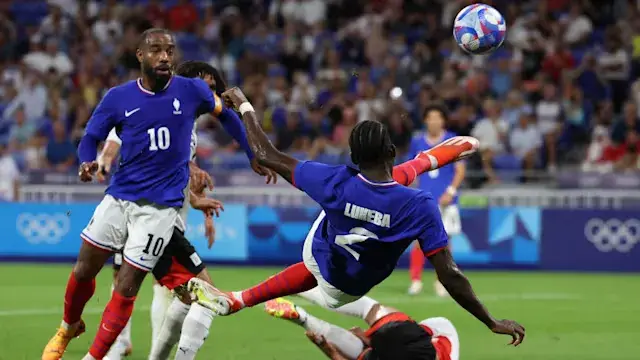 Football legends are not just outstanding athletes. They are personalities whose achievements go beyond individual records and statistics. To become a great footballer, it is not enough to be technically well equipped and physically fit. Such players must be symbols of their time, inspiring millions of people, changing the nature of the game and defining an era.Great footballers like Johan Cruyff changed the sport by introducing philosophical ideas such as the tactic of ‘total football’, which has been passed on as a legacy to more than one generation.Diego Maradona had the unique ability to mesmerise the public with his skills and enchant them on the pitch. He is rightly regarded as a symbol of the passion of football and the irrepressible will to win. Cruyff and Maradona are examples of how football legends have changed the concept of a true leader on the pitch.
Football legends are not just outstanding athletes. They are personalities whose achievements go beyond individual records and statistics. To become a great footballer, it is not enough to be technically well equipped and physically fit. Such players must be symbols of their time, inspiring millions of people, changing the nature of the game and defining an era.Great footballers like Johan Cruyff changed the sport by introducing philosophical ideas such as the tactic of ‘total football’, which has been passed on as a legacy to more than one generation.Diego Maradona had the unique ability to mesmerise the public with his skills and enchant them on the pitch. He is rightly regarded as a symbol of the passion of football and the irrepressible will to win. Cruyff and Maradona are examples of how football legends have changed the concept of a true leader on the pitch.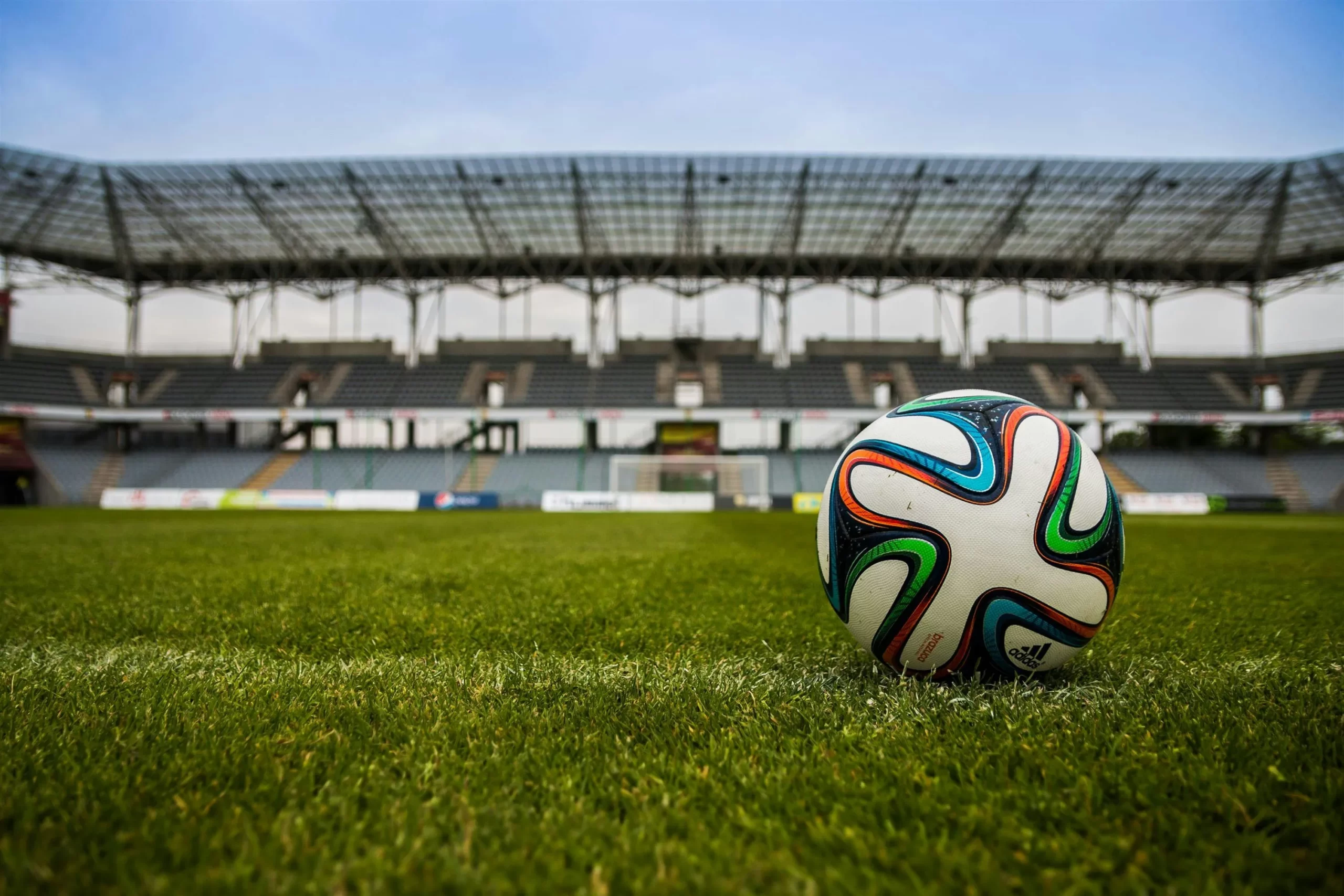 Sport connects generations. Football legends from Pelé to Messi have proven that only those who are not afraid to dream, who are prepared to overcome all obstacles and give their all are truly successful. Their names have become symbols of entire eras, their games are remembered and their successes motivate them to keep working on themselves.Anyone can be inspired by these stories. Who knows, perhaps a new star is already preparing to make a name for himself on the world stage and join the list of the world’s most famous footballers.
Sport connects generations. Football legends from Pelé to Messi have proven that only those who are not afraid to dream, who are prepared to overcome all obstacles and give their all are truly successful. Their names have become symbols of entire eras, their games are remembered and their successes motivate them to keep working on themselves.Anyone can be inspired by these stories. Who knows, perhaps a new star is already preparing to make a name for himself on the world stage and join the list of the world’s most famous footballers.
 Diego Maradona was born in Buenos Aires in 1960 and grew up in a poor neighbourhood where his talent was immediately recognised. He made his debut for Argentinos Juniors at the age of 15 before moving to Boca Juniors, where he became a national hero. His performance at the 1986 World Cup made history: Many associate the term football legend with Maradona.
Diego Maradona was born in Buenos Aires in 1960 and grew up in a poor neighbourhood where his talent was immediately recognised. He made his debut for Argentinos Juniors at the age of 15 before moving to Boca Juniors, where he became a national hero. His performance at the 1986 World Cup made history: Many associate the term football legend with Maradona.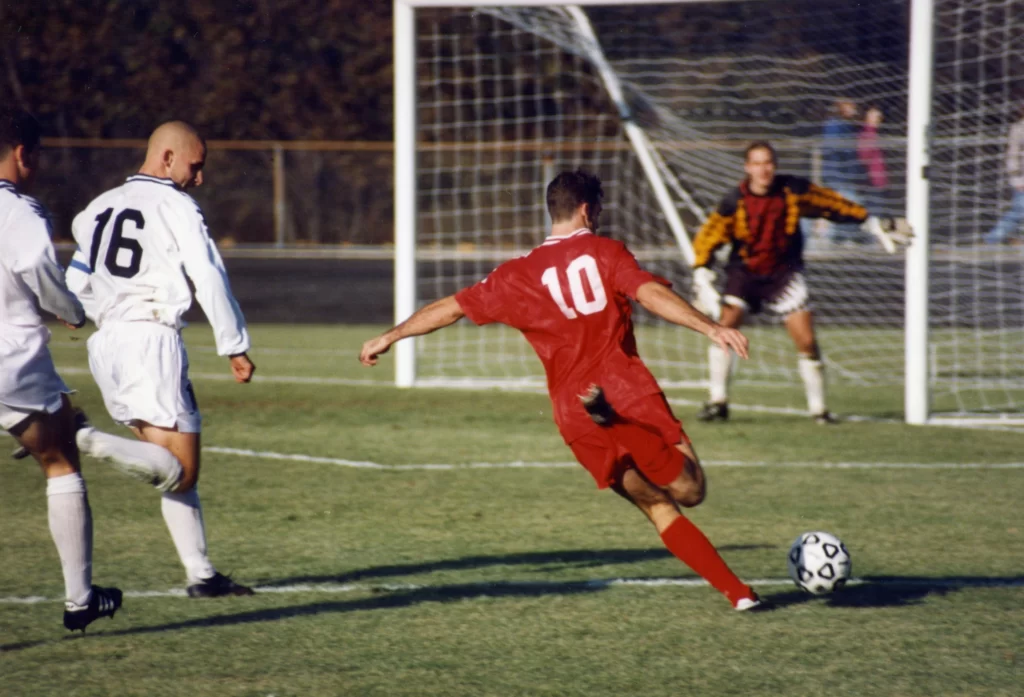 The most successful footballers have not only achieved incredible success – they have changed the game forever and made it more entertaining and interesting for billions of people around the world. Their influence extends far beyond the pitch and the stands, inspiring future generations to do great things. Watch their great goals and moments and get a flavour of what real football is all about.
The most successful footballers have not only achieved incredible success – they have changed the game forever and made it more entertaining and interesting for billions of people around the world. Their influence extends far beyond the pitch and the stands, inspiring future generations to do great things. Watch their great goals and moments and get a flavour of what real football is all about.
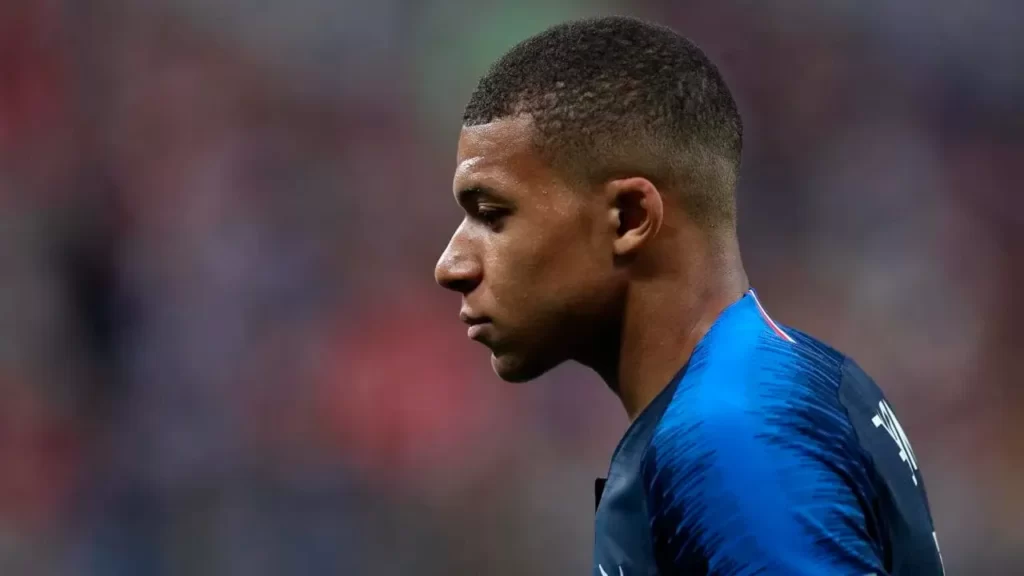 Kylian Mbappe has long been known for his ability to turn a game into a real spectacle. In the 2024 season, he once again confirmed his status as one of the best players in football. His game is a mixture of precision, incredible speed and magic. He achieves things that seem impossible to many.
Kylian Mbappe has long been known for his ability to turn a game into a real spectacle. In the 2024 season, he once again confirmed his status as one of the best players in football. His game is a mixture of precision, incredible speed and magic. He achieves things that seem impossible to many.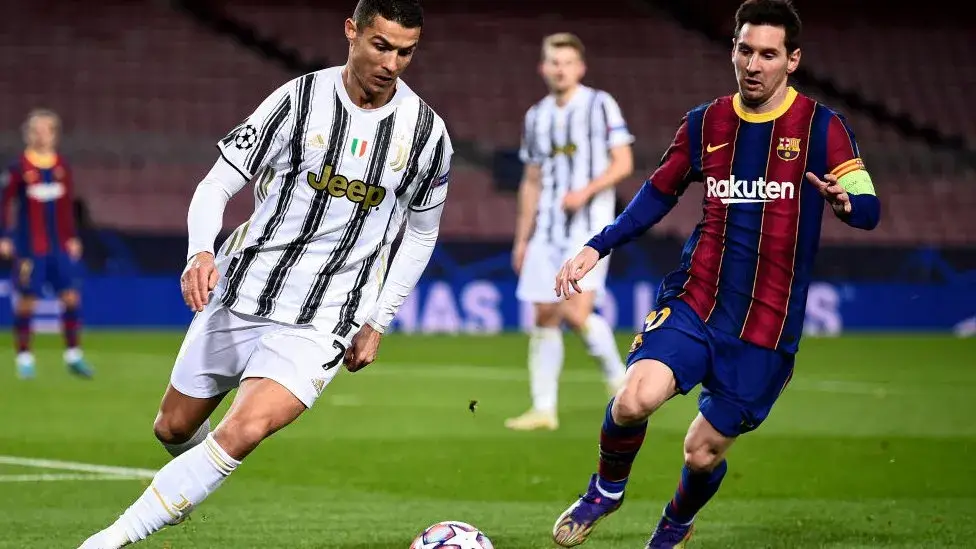 The best footballers of 2024 are the ones making history right in front of our eyes. From the experienced Messi to the young, brash Bellingham, each brings something different and unique to the table. Watch them play, because football is not just a sport, it’s an art form.
The best footballers of 2024 are the ones making history right in front of our eyes. From the experienced Messi to the young, brash Bellingham, each brings something different and unique to the table. Watch them play, because football is not just a sport, it’s an art form.
 Some shots on goal go down in history, not only for their accuracy, but also for their incredible beauty. Let’s remember two cases in which a single touch of the ball caused a storm of emotion not only among the athletes but also among the fans:
Some shots on goal go down in history, not only for their accuracy, but also for their incredible beauty. Let’s remember two cases in which a single touch of the ball caused a storm of emotion not only among the athletes but also among the fans: The best football matches teach us that we should never give up and that emotions on the pitch can change the lives of millions of people. No matter how many years have passed since these encounters, they remain vivid in our memories. Perhaps now is the time to relive those games to feel the passion and inspiration that the best players and fans in the world once experienced.
The best football matches teach us that we should never give up and that emotions on the pitch can change the lives of millions of people. No matter how many years have passed since these encounters, they remain vivid in our memories. Perhaps now is the time to relive those games to feel the passion and inspiration that the best players and fans in the world once experienced.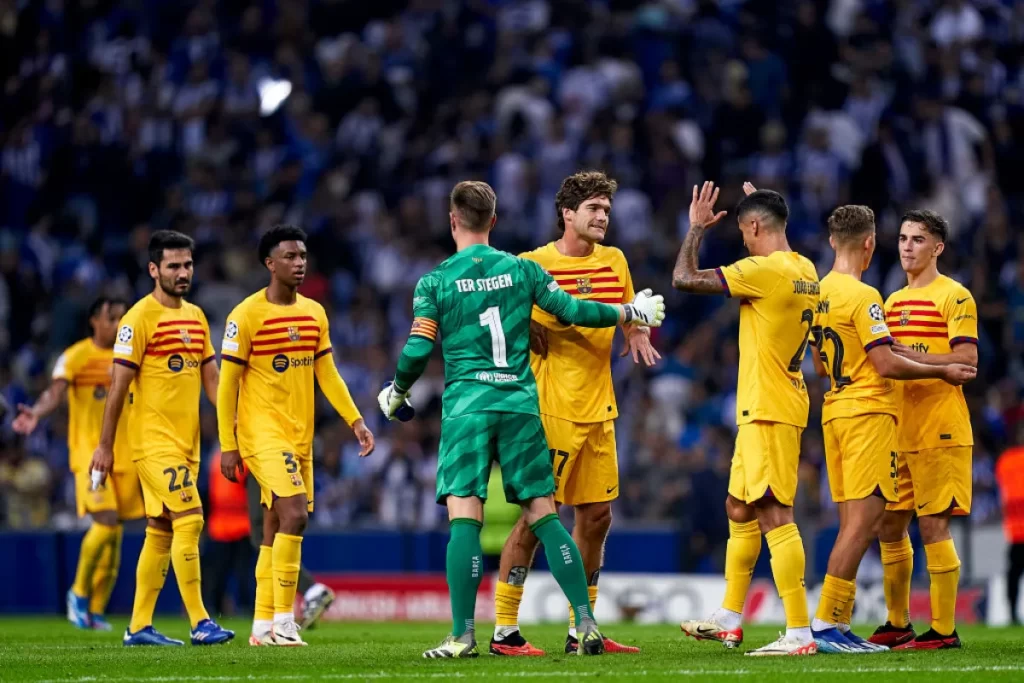 The best representatives have not gained their reputation by chance. Careful organisation and huge investment in infrastructure have made them what they are today. So what are the leagues in football that have gone down in the history of the sport forever? Let’s take a look at them.
The best representatives have not gained their reputation by chance. Careful organisation and huge investment in infrastructure have made them what they are today. So what are the leagues in football that have gone down in the history of the sport forever? Let’s take a look at them.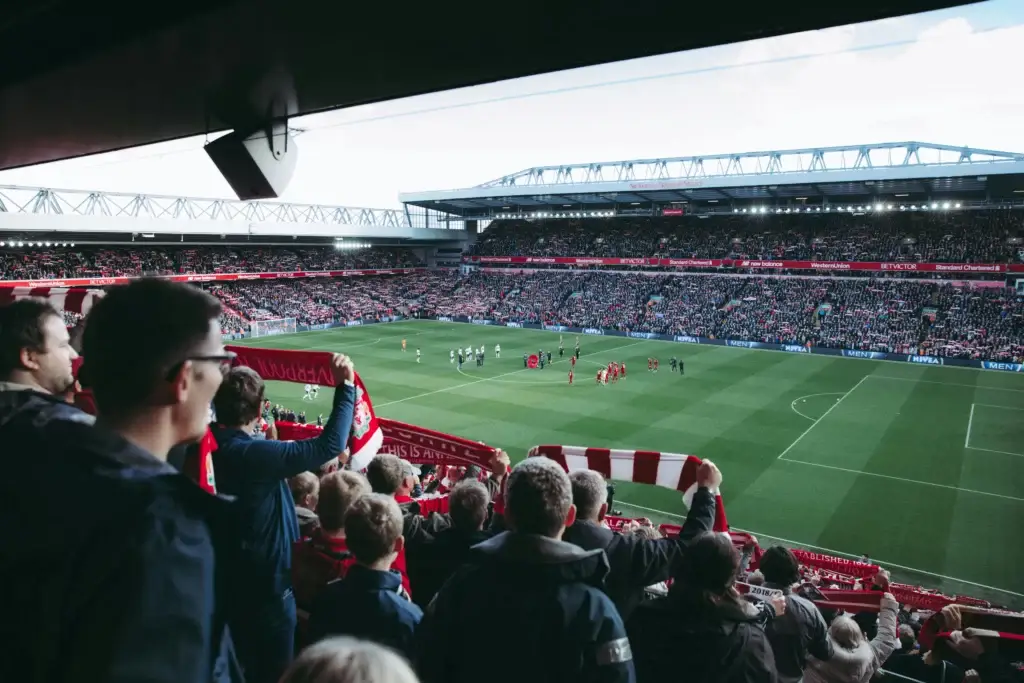 We have answered the most important question and you now know which leagues there are in football. We can confidently say that each of them is unique. Some are attracted by dynamism, others by technique, others by originality. Each one, whether European or Russian, has its own culture and traditions that make it special. It’s time to choose your favourite team and immerse yourself in this amazing civilisation full of emotions and unforgettable moments.
We have answered the most important question and you now know which leagues there are in football. We can confidently say that each of them is unique. Some are attracted by dynamism, others by technique, others by originality. Each one, whether European or Russian, has its own culture and traditions that make it special. It’s time to choose your favourite team and immerse yourself in this amazing civilisation full of emotions and unforgettable moments.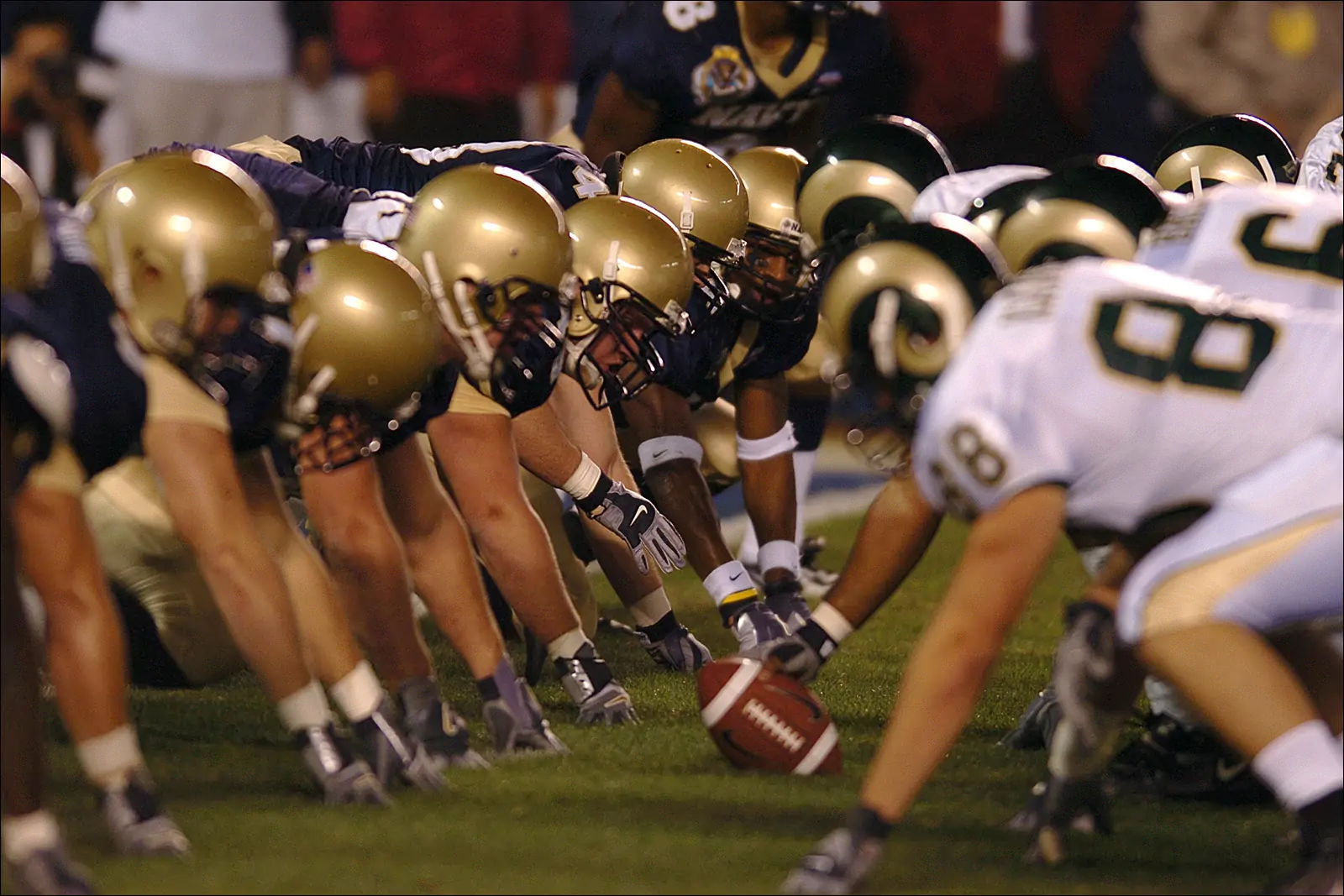
 American football has given the world legendary teams that have written their names in sporting history forever. Their successes, tactics and outstanding players have become role models for new generations. Each of these teams has its own unique style of play, developed through years of hard training and strategic decisions. Let’s take a look at the most iconic representatives of the National Football League (NFL):
American football has given the world legendary teams that have written their names in sporting history forever. Their successes, tactics and outstanding players have become role models for new generations. Each of these teams has its own unique style of play, developed through years of hard training and strategic decisions. Let’s take a look at the most iconic representatives of the National Football League (NFL):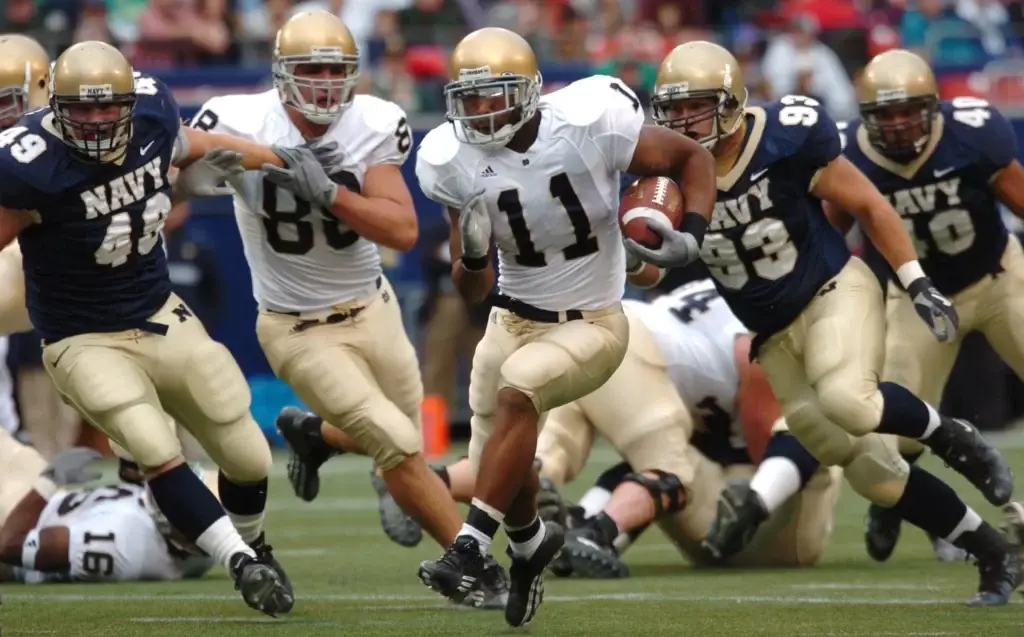 American football is a game that combines physical strength and strategic thinking. There is no room for chance: Every play is the result of careful preparation, every yard is the fruit of hard work.
American football is a game that combines physical strength and strategic thinking. There is no room for chance: Every play is the result of careful preparation, every yard is the fruit of hard work.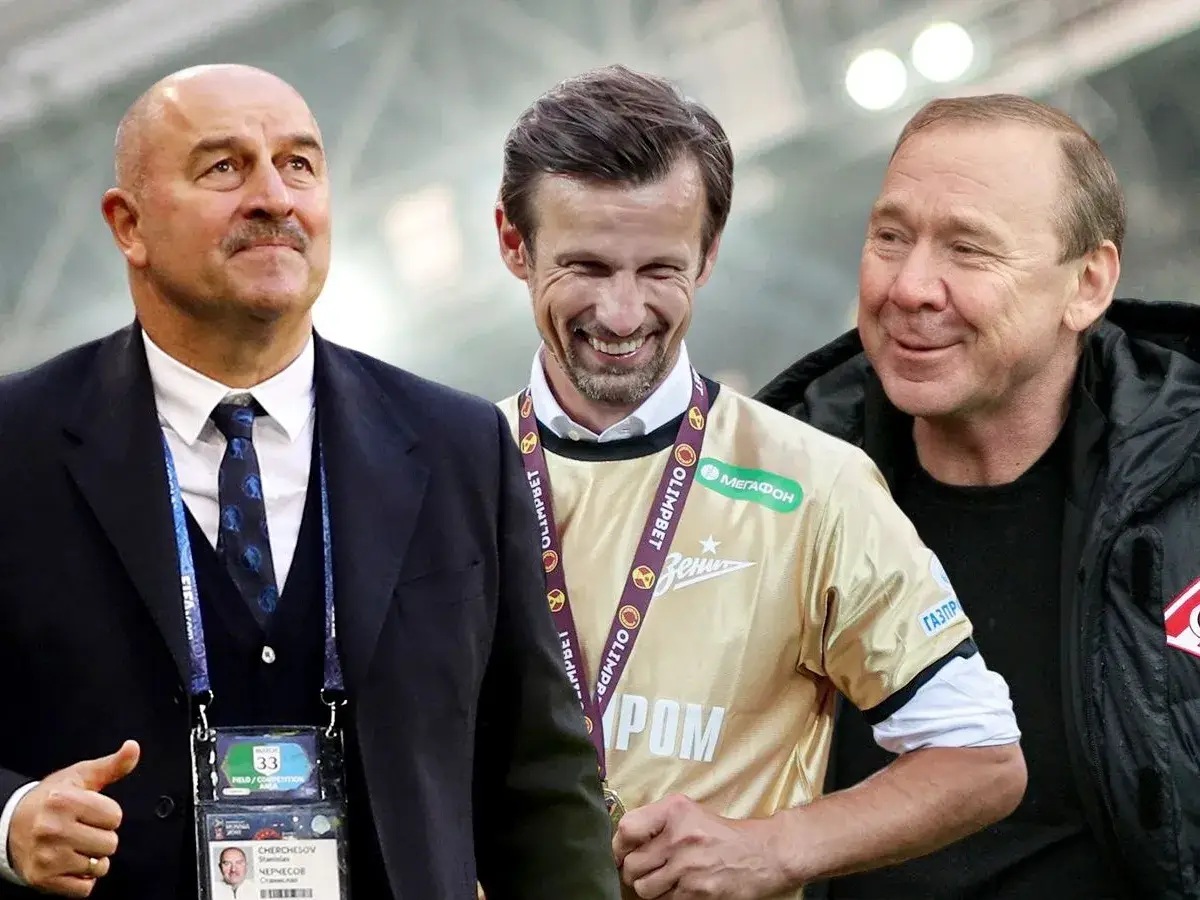
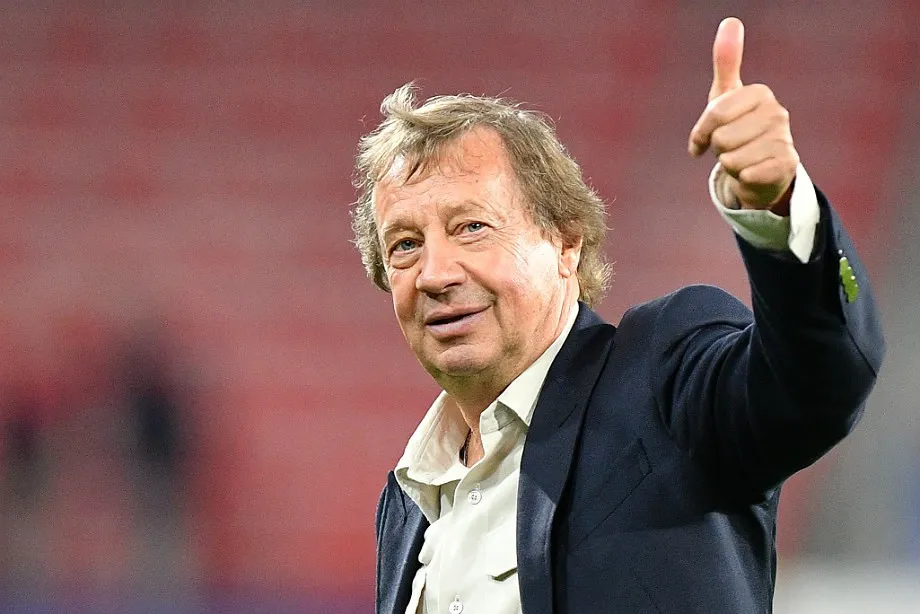 Yuri Syomin became a symbol of Lokomotiv Moscow, which he managed from the end of the 1980s. In 1986, one of Russia’s most famous coaches began his work with the team, which in those years was overshadowed by the Moscow giants Spartak, Dinamo and CSKA. Born in Orel in 1947, Syomin had previously played for Spartak (Ordzhonikidze), Dynamo (Moscow) and Kairat (Alma-Ata). His footballing experience provided a solid foundation for a successful coaching career.
Yuri Syomin became a symbol of Lokomotiv Moscow, which he managed from the end of the 1980s. In 1986, one of Russia’s most famous coaches began his work with the team, which in those years was overshadowed by the Moscow giants Spartak, Dinamo and CSKA. Born in Orel in 1947, Syomin had previously played for Spartak (Ordzhonikidze), Dynamo (Moscow) and Kairat (Alma-Ata). His footballing experience provided a solid foundation for a successful coaching career. Gazzayev, Syomin and Slutsky are prime examples of how a talented coach can dramatically change the face of a football team. Winning national championships, success at international tournaments and influencing the development of young athletes have made them significant figures in the history of the sport. Famous Russian football coaches continue to inspire a new generation of specialists with their professionalism, strategic thinking and unique approach to preparing teams.
Gazzayev, Syomin and Slutsky are prime examples of how a talented coach can dramatically change the face of a football team. Winning national championships, success at international tournaments and influencing the development of young athletes have made them significant figures in the history of the sport. Famous Russian football coaches continue to inspire a new generation of specialists with their professionalism, strategic thinking and unique approach to preparing teams.





